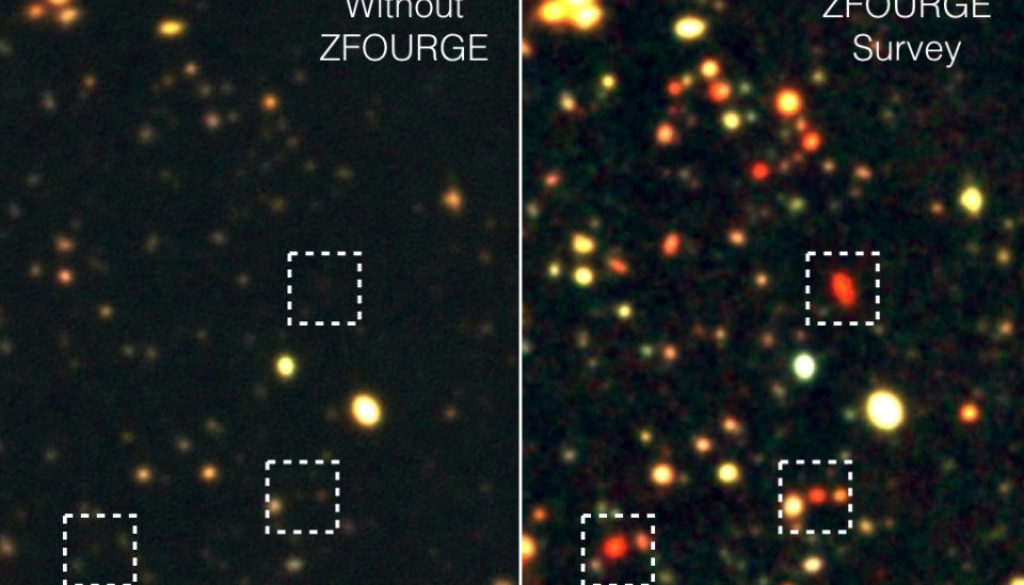ZFOURGE Survey Charts Rise and Fall of Galaxy Formation Across Cosmic History
COLLEGE STATION —

Dr. Casey Papovich 
Dr. Ryan Quadri 
Dr. Kim-Vy Tran



The post ZFOURGE Survey Charts Rise and Fall of Galaxy Formation Across Cosmic History appeared first on College of Science.
